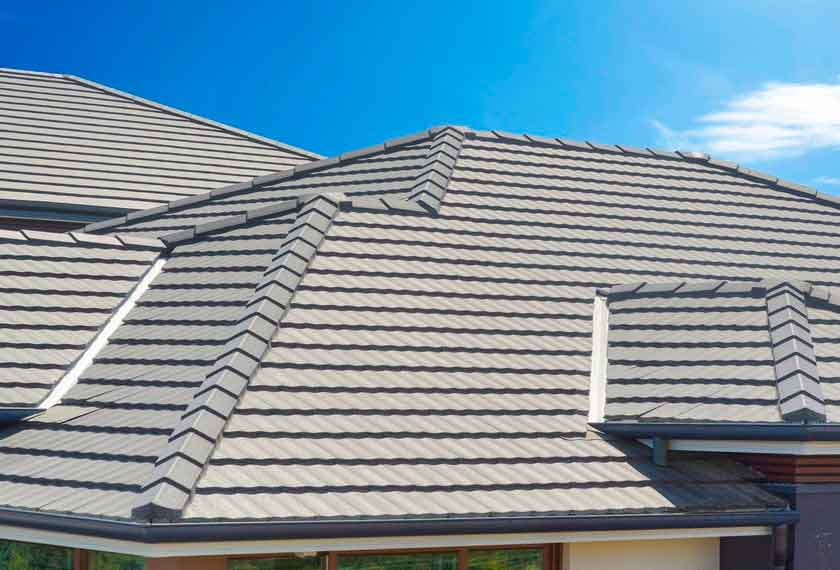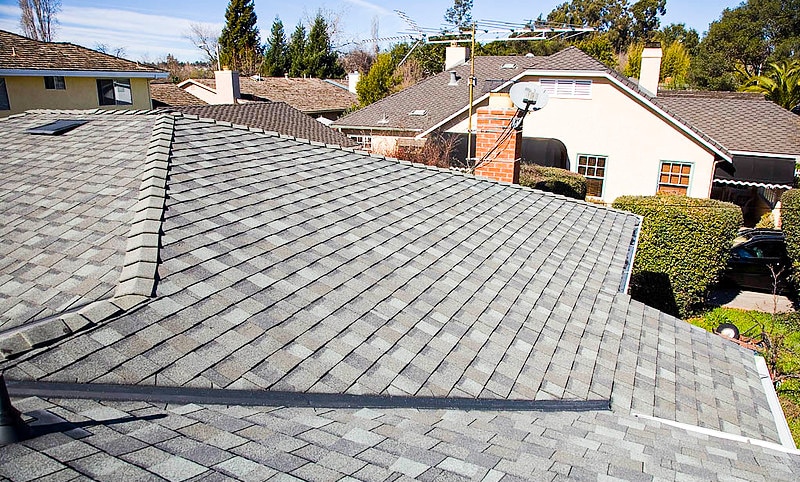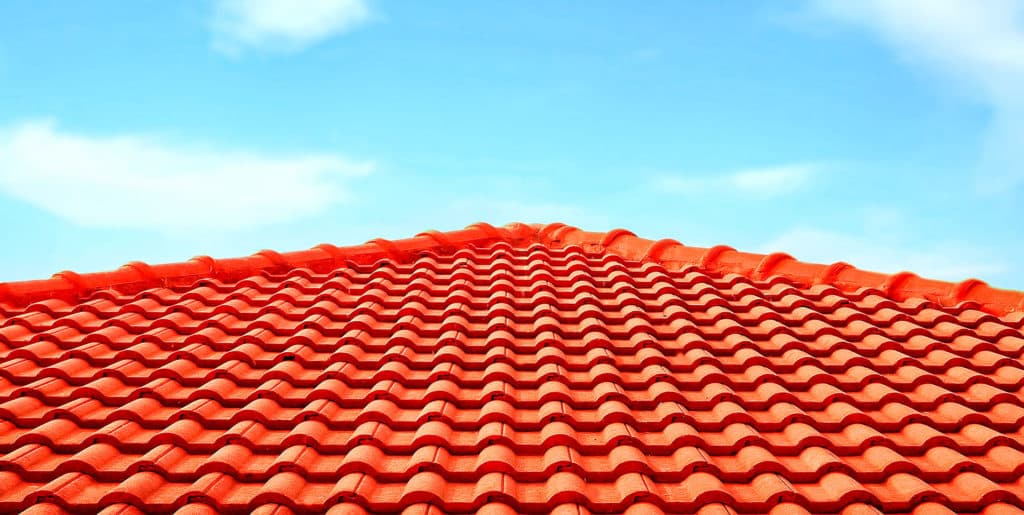Replacing a roof is a major investment in any home. It is important to consider the climate and weather conditions when selecting an appropriate time of year for such an undertaking. This article examines the best time of year to replace the roof in Arizona, taking into account the area’s seasonal temperatures and precipitation patterns. Consideration will also be given to other factors that may impact the timing of this job, such as construction costs and availability of contractors. An understanding of these considerations can help homeowners make informed decisions about their investments.
Arizona’s hot desert climate has distinct seasons with varying temperature ranges throughout the year. During spring and summer months, temperatures are usually well above 100°F during daylight hours, making outdoor work uncomfortable or even dangerous at times. In addition, extreme thunderstorms occur more frequently during these warm months which may delay completion of roofing projects or cause damage to newly installed roofs if left unprotected from inclement weather until dry-in is complete.
Climate Considerations
The climate of Arizona is an important factor to consider when replacing a roof. The state experiences hot summers and mild winters, with temperatures ranging from the 90s in summer months to below freezing during winter nights. With this type of weather, it is best to replace your roof when temperatures are cooler and there is less heat exposure for workers on the job.
In addition, rain can be a concern for roof replacement projects due to the potential damage that water can cause if left untreated. Rainfall amounts vary across the state but tend to peak between July and September. During these months, roofs may need more frequent maintenance or inspections which could delay work on any replacements. It is best to plan around wetter times of year so as not to risk delaying progress on the project itself.
Types Of Roofs
When replacing a roof in Arizona, it is important to consider the type of material that will be used. There are many options available for residential roofs, including asphalt shingles, metal sheeting, clay tiles, slate tiles, and wood shakes. Asphalt shingles are the most popular choice due to their affordability and durability. Metal sheeting offers excellent protection against extreme weather conditions but can be noisy when it rains or hails.
Clay tiles provide an aesthetically pleasing look while being resistant to fire and insect damage. Slate tiles offer long-lasting performance with minimal maintenance requirements, however they can be expensive compared to other materials. Wood shakes provide a rustic appearance but require regular treatment to protect them from moisture damage over time. Each type of roof has its own advantages and disadvantages depending on individual needs and budget constraints so researching each option thoroughly before making a decision is recommended.
Professional Installation Considerations
In order to ensure the longevity and effectiveness of a new roof, professional installation is essential. Professional installers have the knowledge and experience necessary to properly place materials on the roof in an organized fashion while accounting for local building codes, climate conditions, and other factors that may affect the roof’s performance. They also understand what types of tools are required and how they should be used in each situation. Additionally, some states require that roofs be installed by licensed contractors or registered architects before issuing permits; this requirement helps protect homeowners from shoddy workmanship.
When replacing a roof in Arizona specifically, which has hot summers and mild winters, it is important to consider the timing of the replacement project so as not to damage any existing material due to extreme temperatures or weather events. For example, summer months can cause asphalt shingles to become brittle due to heat exposure, making them more susceptible to wind damage when being replaced. Thus, autumn or winter might be better suited for a roof replacement in Arizona since these seasons bring cooler temperatures with less risk of damaging existing materials during removal.
Cost Factors
The cost of replacing a roof in Arizona can vary depending on several factors. The first factor is the type of material used for the new roof. Asphalt shingles are generally less expensive than tile, metal or wood roofs; however, they will also need to be replaced more often. Additionally, the slope and complexity of the roof may increase labor costs due to increased difficulty. For example, a flat or low-slope roof requires fewer materials and simpler installation techniques compared to a steeply sloped one with multiple angles. Furthermore, any additional features such as skylights or ventilation systems require extra work and could raise total installation costs significantly. Finally, professional services fees should always be taken into account when budgeting for a roof replacement project as they typically range from 10% – 20% of the entire job cost.
How to prepare your roof for replacement.
Having gone over the cost factors for replacing a roof in Arizona, it is important to consider preparation tips. Prepping the area before beginning any work on the roof can help ensure that repairs or replacements are done safely and correctly. In order to prepare properly, there are several steps one should take:
- Clear out debris from gutters
- Trim back nearby trees and limbs
- Sweep away dirt, moss, lichen and algae
- Cover outdoor furniture with tarps
- Repair or replace previously damaged shingles
First, clear out any debris from your home’s gutters so they do not become clogged while working on the roof. It is also recommended to trim any tree branches or limbs near the roof in case of falling during the replacement process. Next sweep away dirt, moss, lichen and algae buildup from both sides of the roof to prevent them from entering into new materials used for repair or replacement. Additionally cover all outdoor furniture such as tables and chairs with tarps to protect them from potential damage during construction. Finally make sure to repair or replace any currently damaged shingles prior to starting work on the rest of the roof. This will ensure that no other areas will be compromised when completing a full replacement or repairs.
By following these guidelines you can better prepare yourself and your property for a successful installation experience with minimal disruption possible. Keeping up maintenance throughout the year may help avoid any costly surprises that come along with repairing or replacing a roof in Arizona
Common Weather-Related Issues To Avoid
In Arizona, the best time to replace a roof is typically from late October through mid-April. This period of time minimizes weather-related issues that could cause delays or damage to the new roofing materials and workmanship. Summer months in Arizona can be extremely hot with temperatures frequently reaching up to 100 degrees Fahrenheit (37.8 Celsius). These high temperatures can cause rapid drying of asphalt shingles which may lead to cracking if not properly installed and sealed.
During this same time period, monsoon season occurs between July and September when thunderstorms are common throughout the region. Heavy rains during monsoons can also cause problems for newly replaced roofs since wet shingles will not adhere correctly to the underlying structure until completely dry. Additionally, strong winds associated with thunderstorms have been known to cause damages such as lifting or shifting of shingle tabs before they are fully secured by nails into place. Therefore, it is important not to undertake any roof replacement projects during these times of year in order avoid possible weather-related issues that could arise.
Maintenance And Repair Requirements
Replacing a roof in Arizona requires maintenance and repair requirements which must be considered to ensure the roof lasts several years. One of the most important considerations is when to replace the roof, as it can vary depending on weather conditions and other factors. To best determine when to replace a roof in Arizona, an analysis of temperature fluctuations, average rainfall amounts, and peak wind speeds should be conducted.
When deciding the best time of year to replace a roof in Arizona, it is important to consider climate conditions, type of roof material and professional installation requirements. Additionally, cost factors should be taken into account as well as preparation tips for ensuring that the job runs smoothly. Furthermore, avoiding common weather-related issues can help avoid more costly repairs down the line. Finally, understanding the maintenance and repair requirements of different types of roofs can be crucial in making an informed decision about replacing or repairing a roof in Arizona. Ultimately, proper planning and research are essential to finding the ideal timing for replacing a roof in this region.




